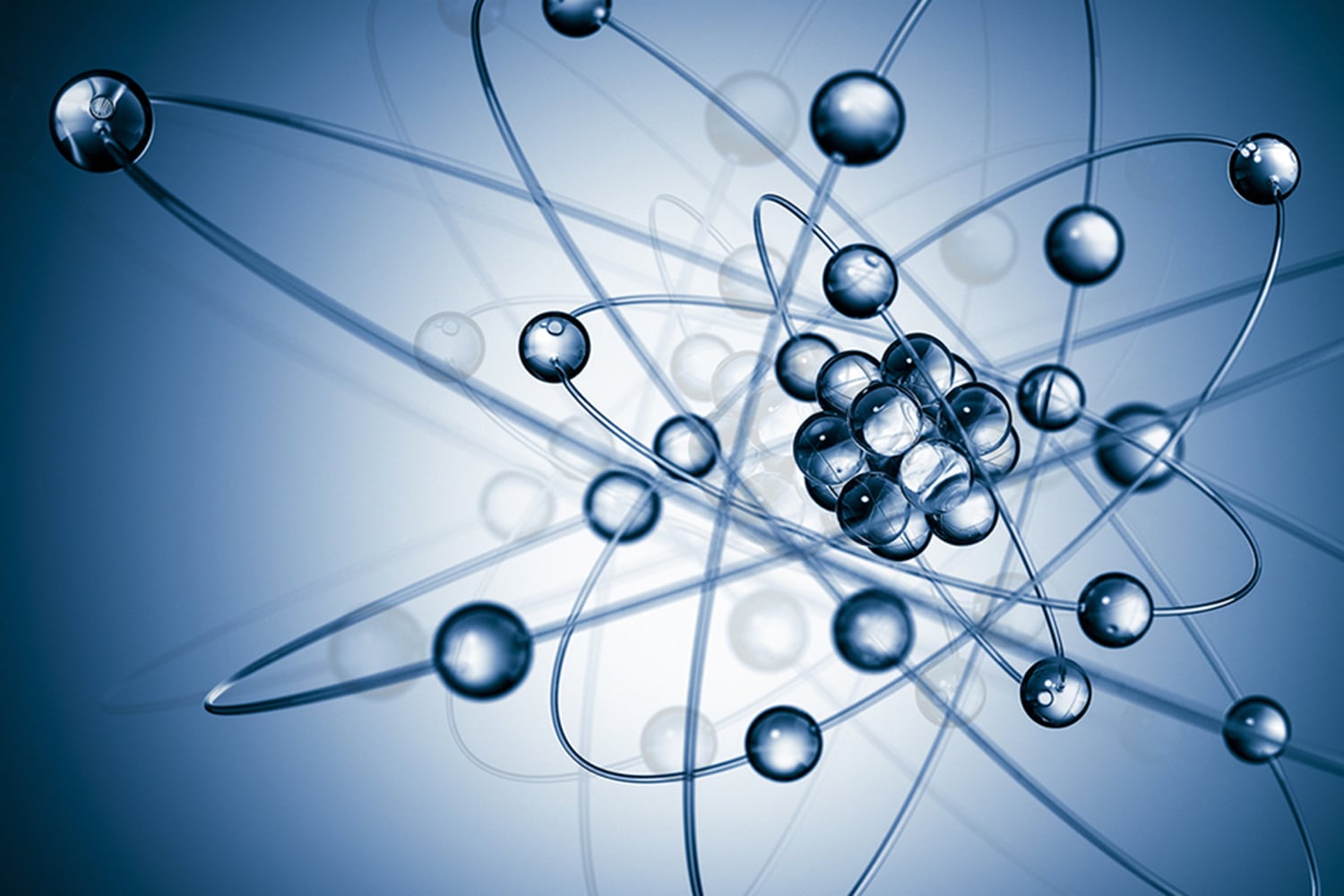
According to the prevailing cosmological model, the universe was created in the so-called “Big Bang” from pure energy. It is generally considered that the aftermath of the Big Bang has produced equal numbers of particles and antiparticles. However, the universe appears to consists of more matter than antimatter.
This constitutes the matter-antimatter asymmetry problem: where have all the antiparticles gone?
In a new study, MIT physicists suggest measuring these symmetry violations using heavy radioactive molecules. These radioactive molecules have extreme sensitivity to nuclear phenomena that we cannot see in other molecules in nature.
According to scientists, this could answer one of the main mysteries of how the universe was created.
Physicists have measured a neutron’s tiny effect in a radioactive molecule. Using a newly developed technique, they created and studied short-lived radioactive molecules with neutron numbers they can precisely control.
They chose several isotopes of the same molecule, each with one more neutron than the next. When they measured each molecule’s energy, they were able to detect small, nearly imperceptible changes of the nuclear size due to the effect of a single neutron.
Seeing small nuclear effects proposes that scientists presently get an opportunity to search such radioactive particles for significantly subtler effects, caused by dark matter, for example, or by the impact of new sources of symmetry violations related to some of the current mysteries of the universe.
Study lead author Silviu-Marian Udrescu, a graduate student in MIT’s Department of Physics, said, “Radioactive nuclei could allow us to see these symmetry-violating effects easily. The disadvantage is, they’re very unstable and live for a concise amount of time, so we need sensitive methods to produce and detect them, fast.”
Instead of trying to pin down radioactive nuclei on their own, physicists placed them in a molecule that further amplifies the sensitivity to symmetry violations. The high electric field in the molecule, generated by a radioactive atom (bound to one or more other atoms, surrounded by a cloud of electrons), could amplify subtle nuclear effects, such as effects of symmetry violation.
In their study, as mentioned above, they used a technique to produce RAF isotopes or versions of the radioactive molecule with varying numbers of neutrons. Then, to have small quantities of RAF isotopes, they used the Isotope mass Separator On-Line, or ISOLDE, facility at CERN, in Geneva, Switzerland.
The facility houses a low-energy proton beam, which the team directed toward a target — a half-dollar-sized disc of uranium-carbide, onto which they also injected a carbon fluoride gas. The ensuing chemical reactions produced a zoo of molecules, including RAF, which the team separated using a precise laser, electromagnetic fields, and ion traps.
Later, by measuring each molecule’s mass, the team estimated the number of neutrons in a molecule’s radium nucleus. They then sorted the molecules by isotopes, according to their neutron numbers.
At last, they selected bunches of five different isotopes of RAF, each bearing more neutrons than the next. With a separate system of lasers, the team measured the quantum levels of each molecule.
The difference in the sensitivity of the measurements signifies specific effects of symmetry violation.
The results demonstrate that radioactive molecules such as RAF are ultrasensitive to nuclear effects. Their sensitivity may likely reveal more subtle, never-before-seen effects, such as tiny symmetry-violating nuclear properties, that could help explain the universe’s matter-antimatter asymmetry.
Udrescu said, “These very heavy radioactive molecules are special and have sensitivity to nuclear phenomena that we cannot see in other molecules in nature. This shows that, when we start to search for symmetry-violating effects, we have a high chance of seeing them in these molecules.”
The results of this study are published in Physical Review Letters.
Continue reading Why there’s so little antimatter in the universe? on Tech Explorist.
0 comments:
Post a Comment